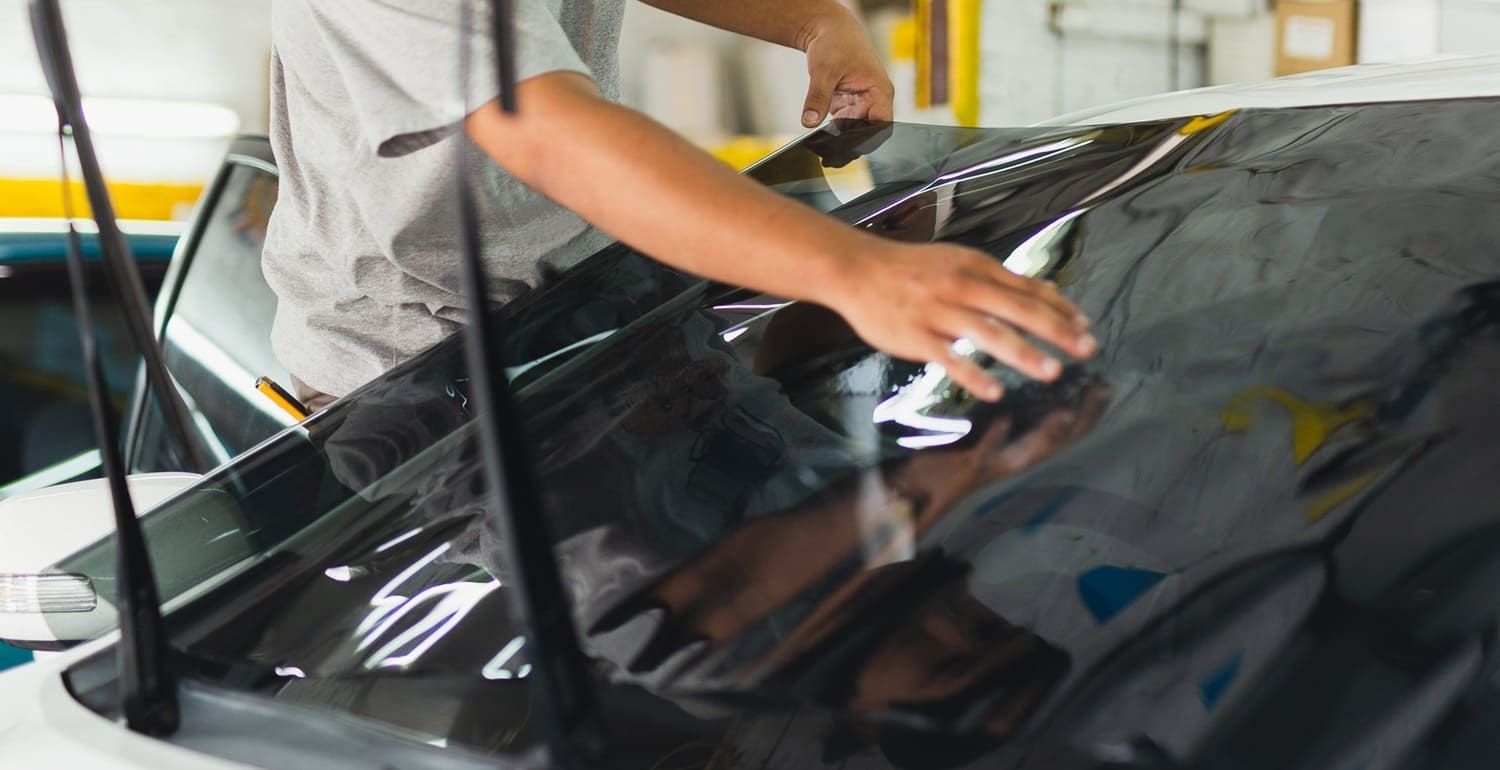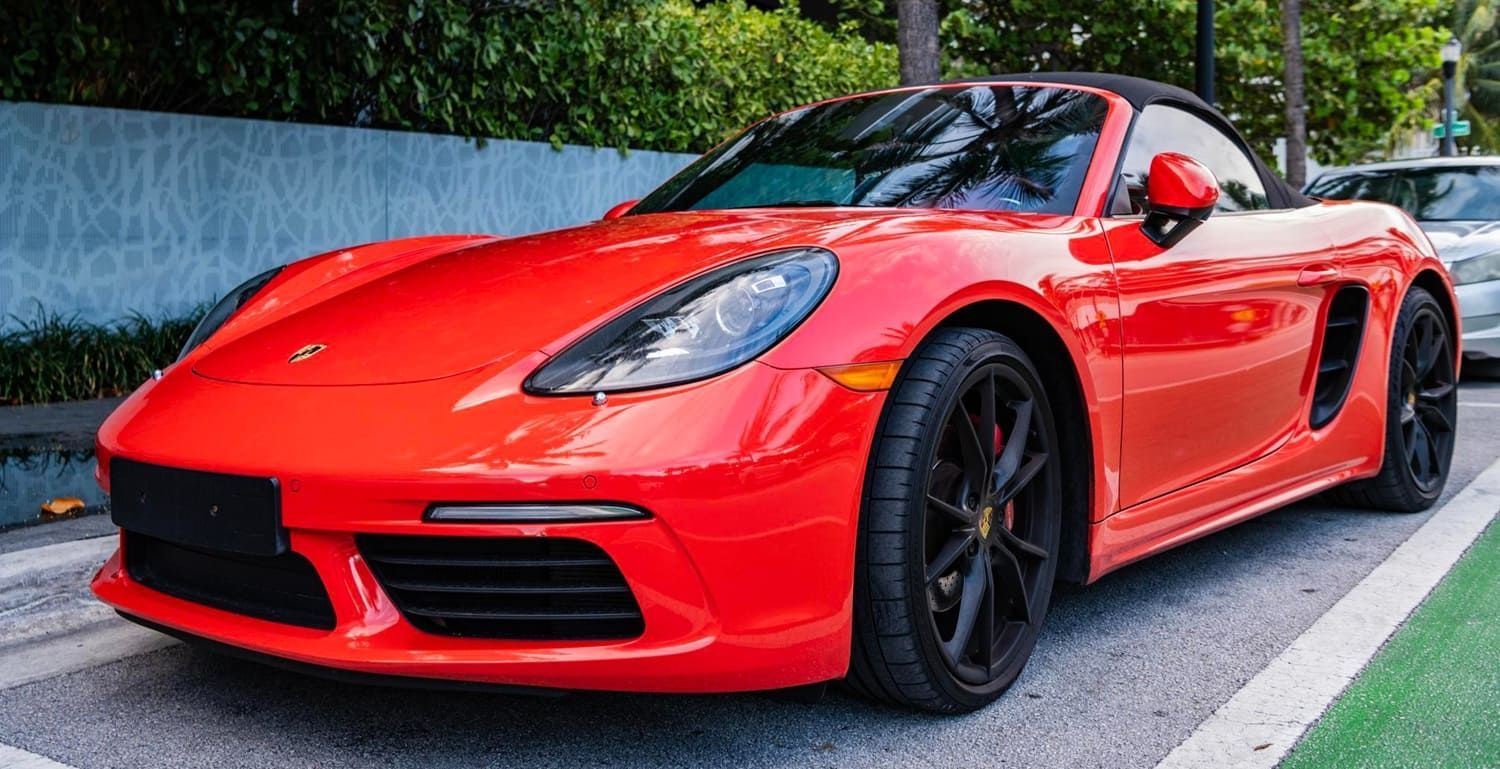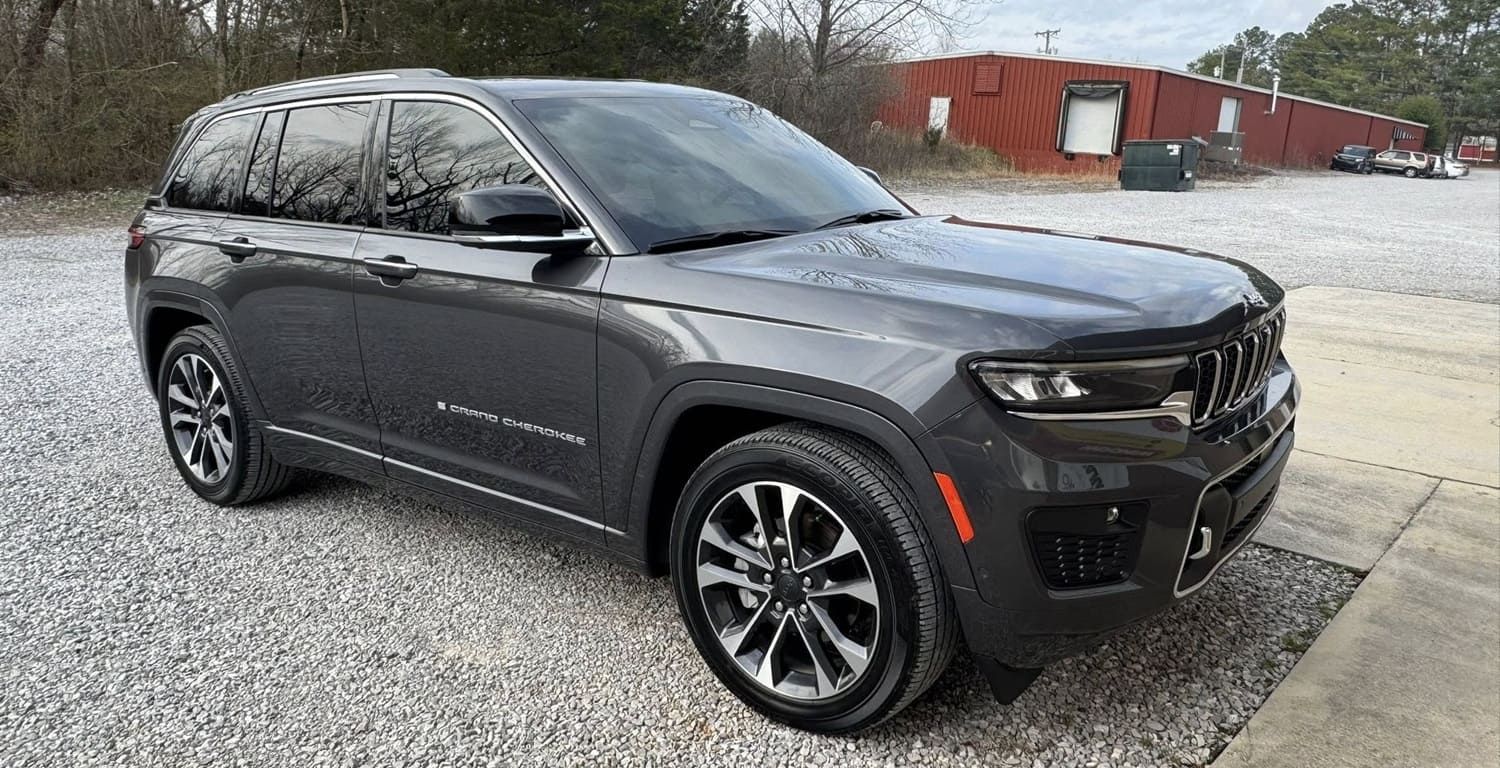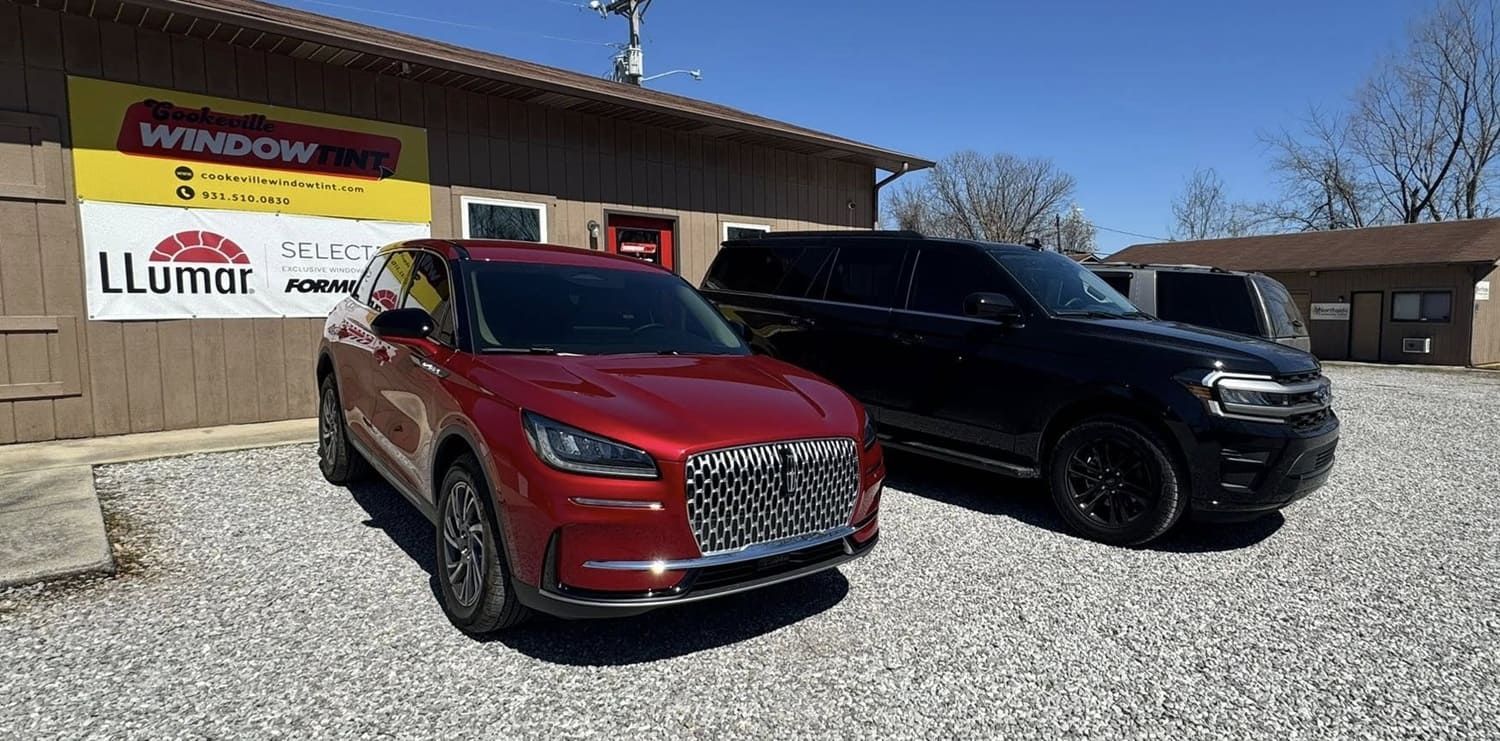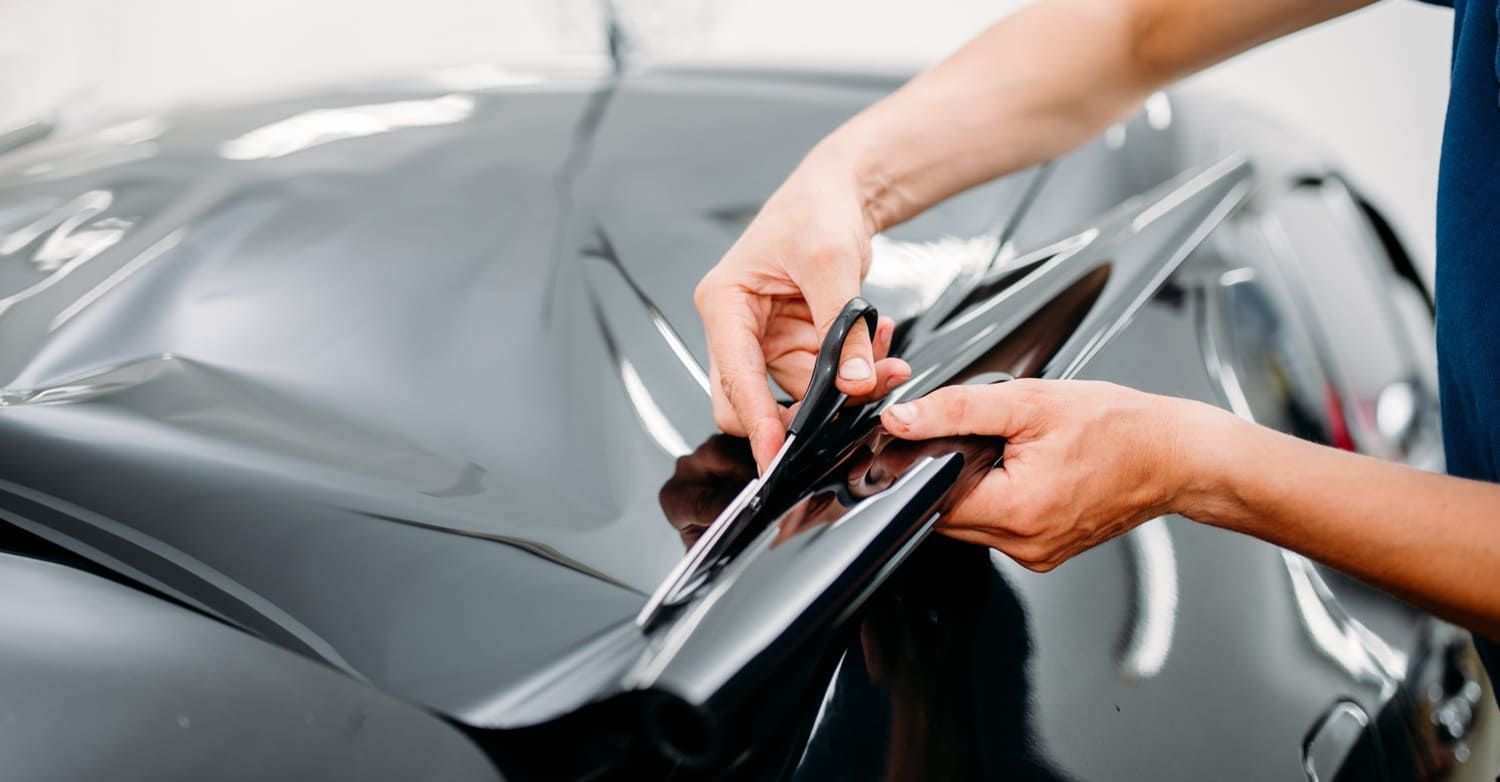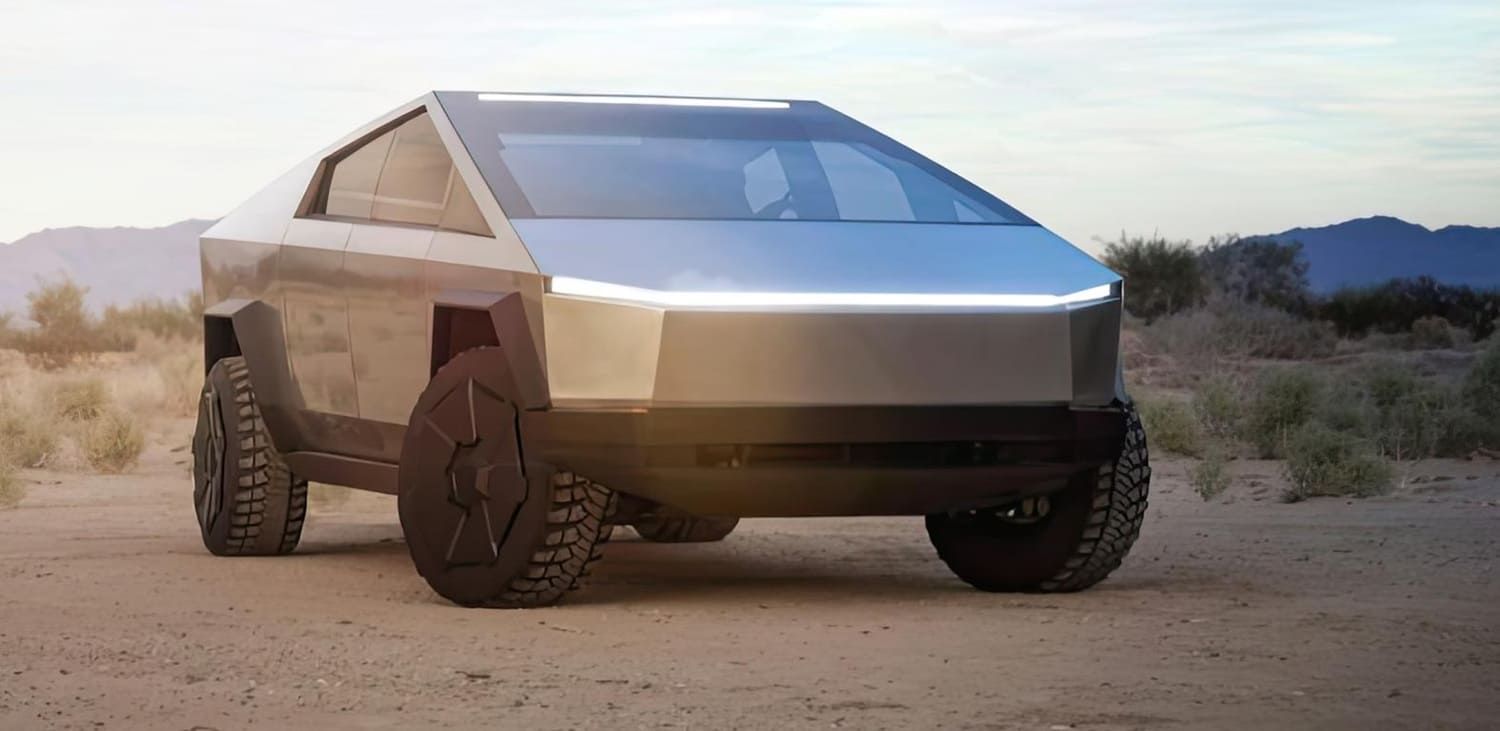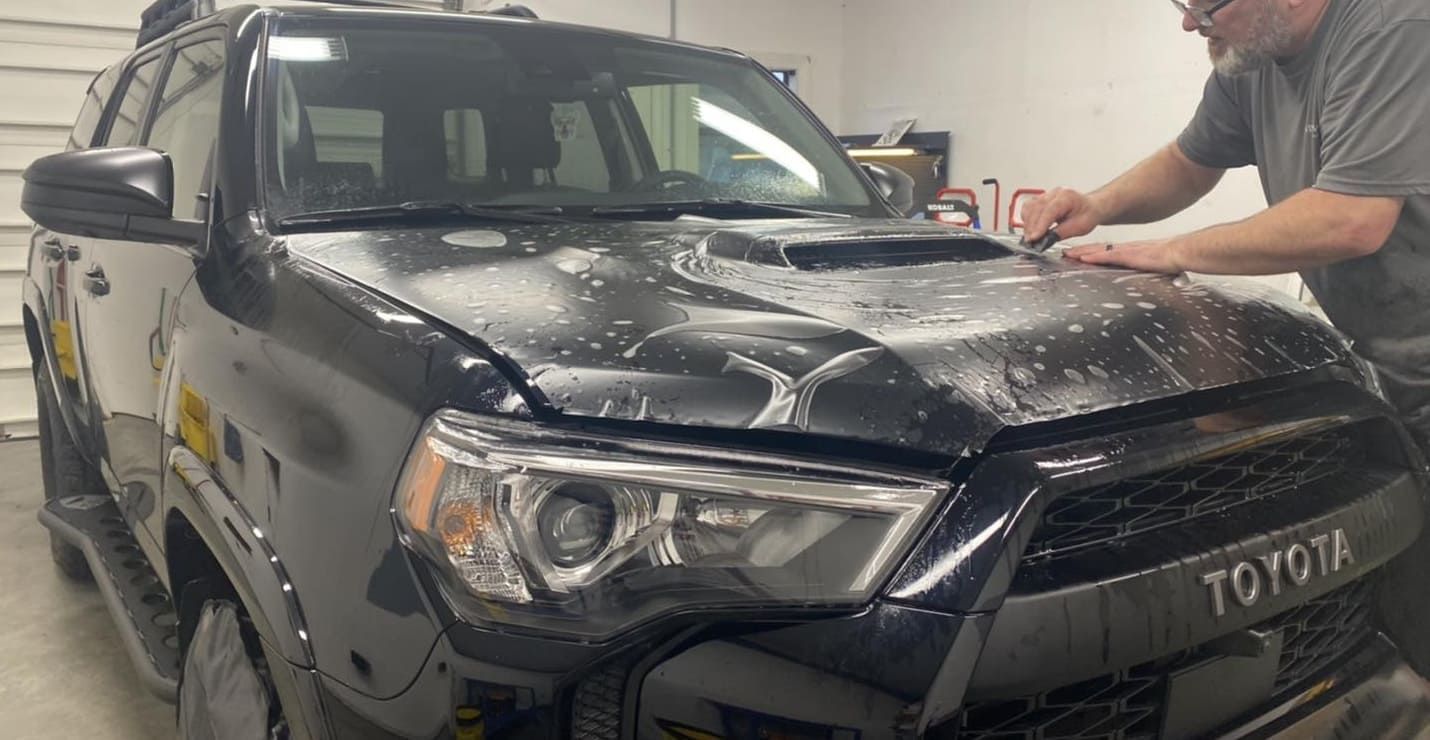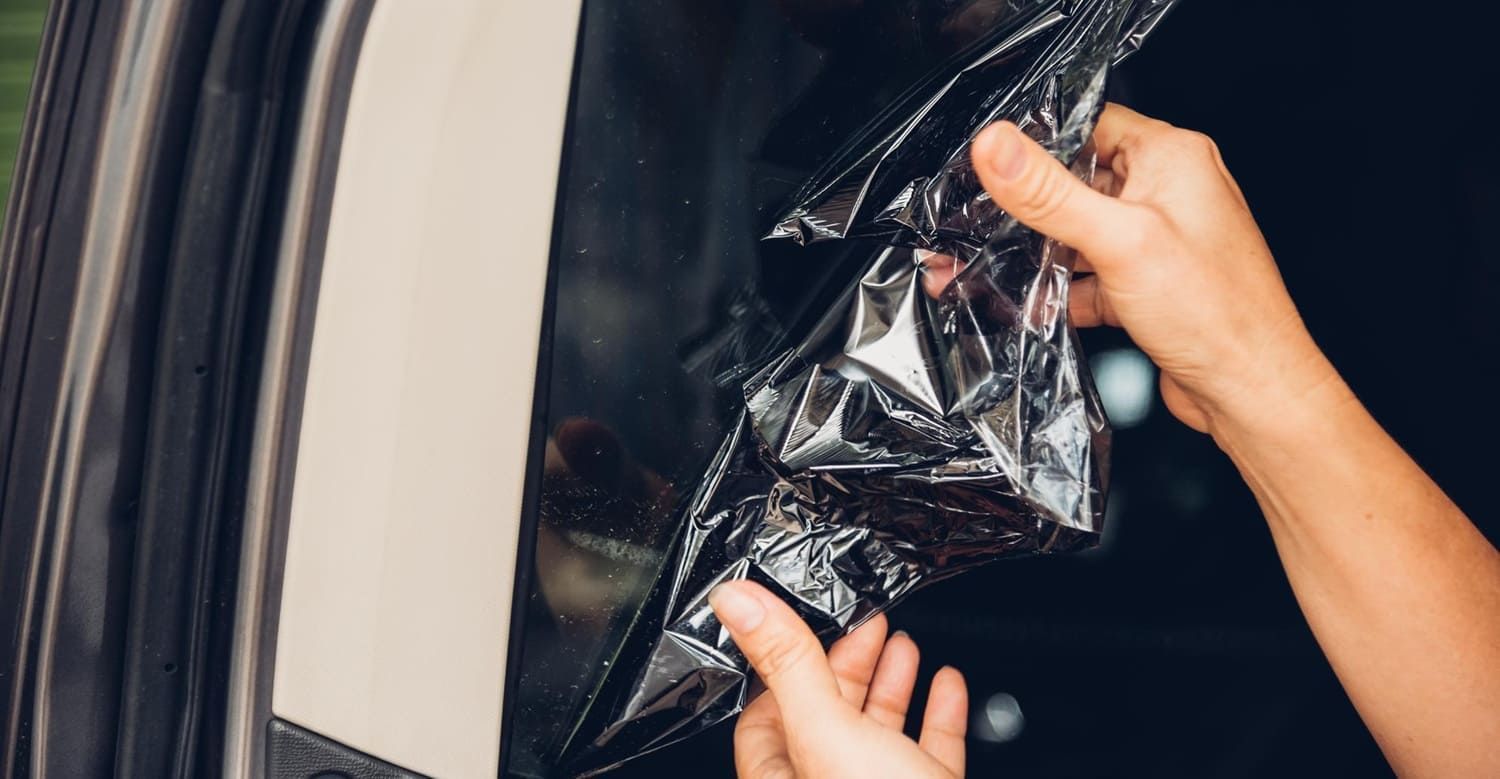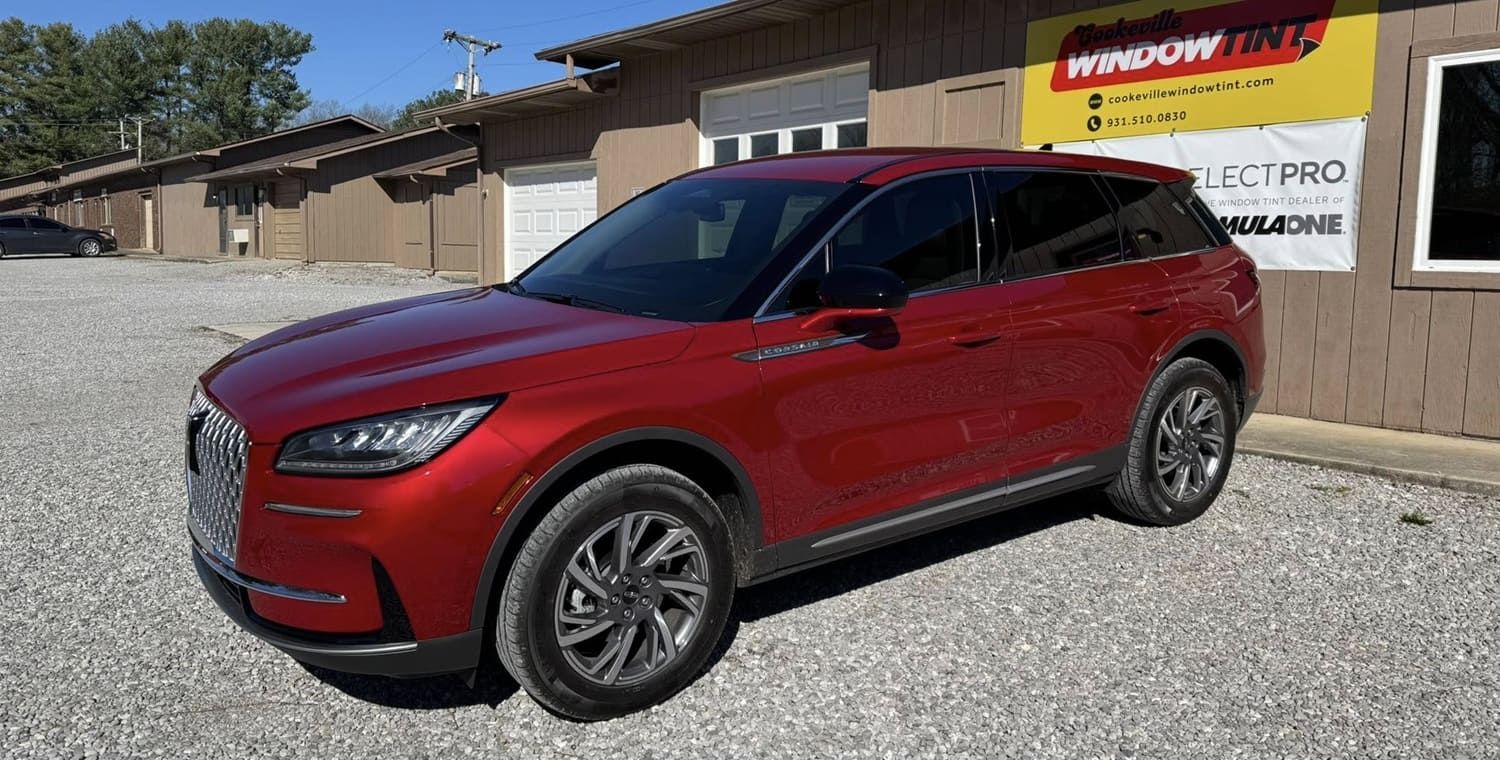Is Paint Protection Film Really Worth It in 2025?
In the ever-evolving world of automotive care, paint protection film (PPF) has remained a popular choice for car enthusiasts and everyday drivers alike. As the automotive industry continues to advance, with new materials and technologies being introduced, it's natural to question whether PPF still holds its value in 2025. With so many options available for protecting your vehicle's exterior, understanding the benefits and limitations of PPF is crucial in making an informed decision. In this article, we'll delve into the intricacies of paint protection film, assess its relevance in today's market, and explore whether it's the right choice for your vehicle's needs.
Paint protection film, commonly referred to as PPF, is a thin layer of flexible material applied to the painted surfaces of a vehicle. Its primary purpose is to protect the car's paint from chips, scratches, and other forms of damage that can occur during everyday use. Made from urethane, PPF acts as a shield against road debris, environmental contaminants, and minor abrasions. The application of PPF is a meticulous process that requires precision to ensure a seamless fit, making it nearly invisible once applied.
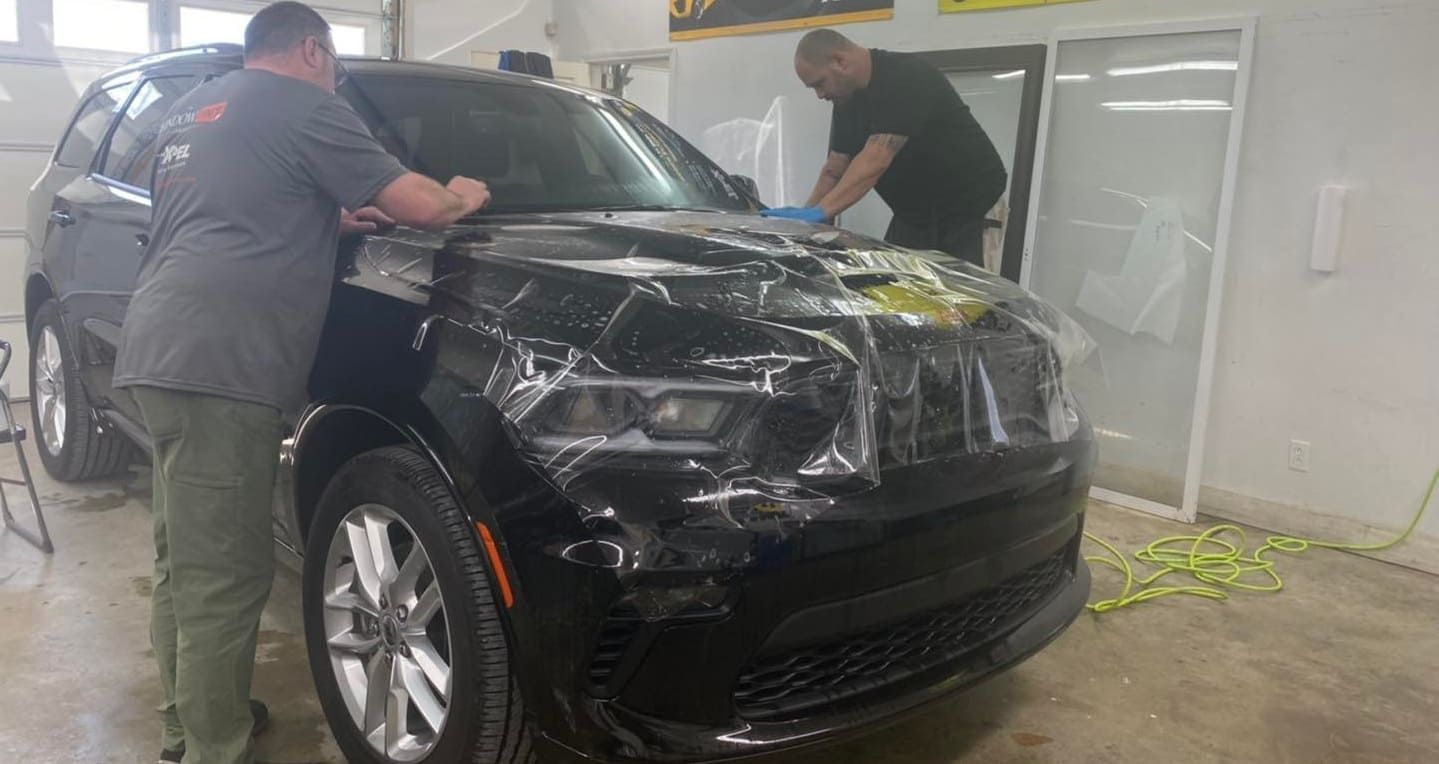
How PPF Works
PPF is designed to absorb the impact of small debris and resist scratches. This is achieved through its multi-layer construction, which includes a clear coat layer that provides a glossy finish and a polyurethane layer that absorbs impacts. The film is self-healing, meaning minor scratches can disappear with the application of heat. This feature ensures that the film maintains a smooth and clear appearance over time, keeping your car looking its best. The self-healing properties are activated by the sun's heat or a warm water wash, offering a hassle-free way to maintain your vehicle's exterior.
The Benefits of Paint Protection Film
Long-Lasting Protection
One of the primary benefits of PPF is its durability. High-quality PPF can last up to 10 years, providing long-term protection for your vehicle's paint. This longevity helps maintain the car's aesthetic appeal and can increase its resale value. The robust protection offered by PPF means that even under harsh conditions, such as exposure to road salts or frequent car washes, the film remains intact, safeguarding the underlying paint for years to come.
Preserves Aesthetic Appeal
With PPF, your car's paint remains in pristine condition. The film is nearly invisible once applied, so it doesn't alter the appearance of your vehicle. Whether you have a sleek black sedan or a vibrant red sports car, PPF ensures that your paint job looks as fresh as the day it was applied. Additionally, PPF can enhance the gloss of your paint, making the colors appear more vivid and deep. This invisible shield not only protects but also enhances your vehicle's aesthetic appeal, making it a favorite among car enthusiasts who want to showcase their vehicle's beauty.
Cost-Effective in the Long Run
While the initial cost of PPF can be substantial, it can save you money in the long run. By preventing paint damage, you avoid costly repairs and repainting jobs. This protection is especially valuable if you plan to keep your car for several years or if you're leasing a vehicle and want to avoid lease-end penalties. Moreover, the resale value of a vehicle with well-maintained paint can significantly increase, often offsetting the initial expense of the film. In this way, PPF acts as both a protective measure and a financial investment.
Paint Protection Film in 2025: What's New?
Advanced Technology and Materials
As we move into 2025, the technology behind PPF has advanced significantly. Modern films are thinner, more durable, and offer better UV protection than their predecessors. This means that your vehicle is better protected against the sun's harmful rays, which can cause paint to fade over time. The advancements in adhesive technologies also mean that the application process is more efficient, reducing the risk of bubbles or peeling. These improvements make PPF more accessible and effective for a broader range of vehicles.
Eco-Friendly Options
With the growing focus on sustainability, manufacturers are producing more eco-friendly PPF options. These films are made from biodegradable materials, reducing the environmental impact of automotive care. Choosing an eco-friendly PPF option allows you to protect your car while being mindful of the planet. This shift towards sustainability is also reflected in the manufacturing processes, where companies are reducing waste and energy consumption. As consumers become more environmentally conscious, these eco-friendly options provide a way to align car care with personal values.
Is PPF Worth the Investment?
Consider Your Driving Habits
Whether PPF is worth the investment largely depends on your driving habits and environment. If you frequently drive on highways or in areas with a lot of construction, your car is more likely to encounter road debris and other hazards. In these cases, PPF can provide peace of mind by protecting your vehicle's paint. For city drivers who face constant parking challenges, PPF can also help mitigate scratches and minor dings from tight parking spaces or careless drivers.
Evaluate Your Vehicle's Value
If you own a high-end or luxury vehicle, the cost of PPF is often justified by the added protection it offers. Protecting the paint on a high-value car can preserve its aesthetic appeal and resale value. However, if you drive an older or less expensive vehicle, the cost of PPF might not be as justifiable. In such cases, owners may opt for partial PPF applications, focusing on high-impact areas like the front bumper and hood, to strike a balance between cost and protection.
Maintenance and Care
PPF requires minimal maintenance, but it's essential to follow care instructions to ensure its longevity. Regular washing and occasional waxing can help maintain the film's clarity and effectiveness. If you're willing to invest time in caring for your car, PPF can be a worthwhile addition. It's important to use the right cleaning products to avoid damaging the film, and professional inspections can help address any issues like lifting edges or excessive wear before they become significant problems.
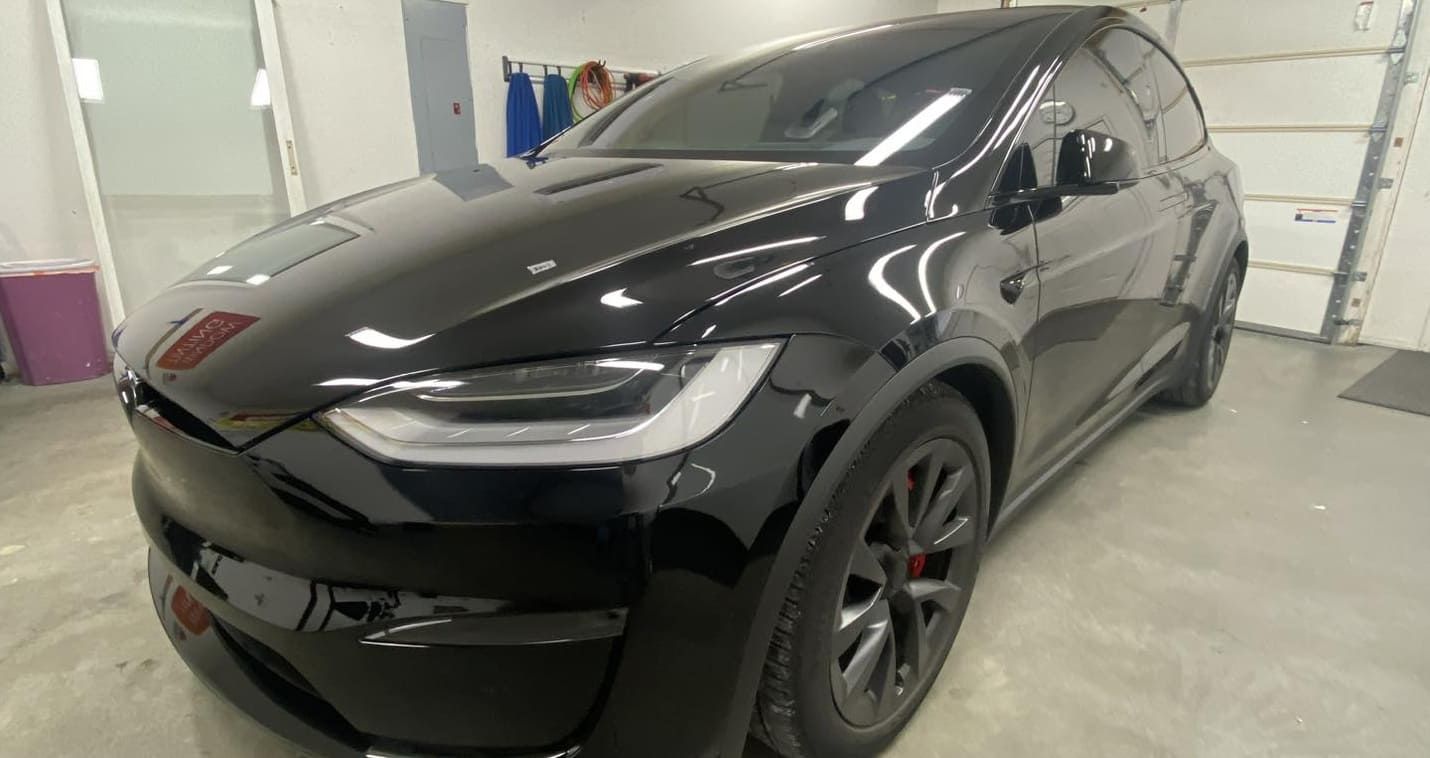
Alternatives to Paint Protection Film
If PPF doesn't seem like the right fit for you, there are other options to consider for protecting your car's paint:
Ceramic Coatings
Ceramic coatings are a popular alternative to PPF. They offer a glossy finish and provide some level of protection against environmental contaminants. While they don't offer the same level of impact resistance as PPF, they are a more affordable option for those looking to enhance their vehicle's appearance. Ceramic coatings also provide excellent hydrophobic properties, making your vehicle easier to clean and maintain, which can be a significant advantage for those who wash their cars frequently.
Vinyl Wraps
Vinyl wraps can change the appearance of your car while offering some protection to the underlying paint. Although they don't provide the same level of protection as PPF, they are a versatile and often more affordable option for those looking to customize their vehicle. Vinyl wraps allow for a wide range of colors and designs, offering a unique way to express personal style while adding a layer of protection against minor abrasions and UV damage.
Conclusion: Is PPF Right for You?
At Cookeville Window Tint, we are trusted and professional paint protection film installers near you, proudly serving Cookeville, TN. We offer free estimates to help you protect your vehicle with confidence.
In 2025, paint protection film (PPF) remains a valuable investment for many drivers. Its ability to preserve your vehicle's paint, enhance its appearance, and potentially increase its resale value makes it a smart choice for those who prioritize vehicle care. However, it's important to weigh the costs and benefits based on your specific situation.
If you frequently encounter conditions that threaten your car's exterior or own a high-value vehicle, PPF from Cookeville Window Tint can offer peace of mind and long-term savings. On the other hand, if you drive an older or less valuable vehicle, exploring alternatives like ceramic coatings or vinyl wraps might be more suitable.
Ultimately, understanding your needs and the available options will ensure you make a decision that aligns with your priorities and budget. By considering these factors, you can make an informed choice about whether paint protection film is the right option for you in 2025.
FAQs About Whether Paint Protection Film Is Worth It in 2025
Is paint protection film still worth the investment in 2025?
Yes. In 2025, PPF remains one of the most effective ways to preserve a vehicle’s exterior, protect against road damage, and maintain resale value—especially with rising paint repair costs.
What exactly does paint protection film protect against?
PPF guards your paint from rock chips, bug splatter, road salt, scratches, swirl marks, and minor abrasions—common issues for daily drivers and performance cars alike.
Has PPF technology improved in recent years?
Absolutely. Modern films like XPEL Ultimate Plus, SunTek Reaction, and LLumar Valor offer self-healing topcoats, stain resistance, and long-lasting clarity far beyond older generations.
Is PPF better than ceramic coating?
They serve different purposes. PPF offers physical impact protection, while ceramic coatings provide chemical resistance, hydrophobicity, and gloss. Many vehicle owners use both for full-spectrum protection.
How much does PPF cost in 2025?
In 2025, professional PPF installation typically ranges from $1,200–$2,500 for partial front coverage, and $4,000–$8,000+ for full-body protection, depending on film quality and vehicle type.
Does PPF increase a car’s resale value?
Yes. A vehicle with protected paint often sells for more money and faster, since it shows better long-term care and reduces buyer concerns about damage or repainting.
Is PPF only for luxury or exotic vehicles?
No. While popular for high-end cars, PPF is a smart investment for any vehicle exposed to daily driving, harsh roads, or high-speed conditions.
How long does PPF last in 2025?
Top-tier PPF films now last 7 to 10+ years, with warranty coverage and improved resistance to yellowing, peeling, or cracking.
Is the film noticeable on the car’s paint?
Modern films are optically clear and nearly invisible when professionally installed. You can also choose matte or satin finishes for a custom look.
Does PPF prevent all types of damage?
PPF protects against minor to moderate physical impacts, but it won’t stop deep scratches, major collisions, or vandalism like keying.
Can I just apply PPF to high-impact areas?
Yes. Partial PPF packages—like the front bumper, hood, fenders, and side mirrors—are a cost-effective way to protect the most vulnerable zones.
Is DIY paint protection film worth it?
DIY kits exist, but professional installation ensures proper adhesion, avoids bubbles, and typically includes warranty protection—making it the smarter long-term value.
Does PPF require special maintenance?
Not much. Just gentle washing, avoiding abrasive products, and occasional use of film-safe sealants or ceramic coatings can keep it looking flawless.
Will PPF discolor or yellow over time?
High-quality films in 2025 are designed to resist yellowing and UV damage. Cheaper or older films may still discolor, especially in extreme climates.
Is PPF environmentally friendly?
While PPF is a synthetic product, it reduces the need for repainting and chemical polishing, which can offset its environmental footprint over time.
Can I apply ceramic coating on top of PPF?
Yes. In fact, many installers offer a ceramic-over-PPF combo for added gloss, slickness, and easier cleaning.
What’s the biggest reason people regret not getting PPF?
Usually, it’s after they notice their first rock chip, deep scratch, or bug etching on unprotected paint—especially on new or leased vehicles.
Do car manufacturers recommend PPF?
Many luxury brands and dealerships offer PPF as an upsell or factory add-on, signaling its growing value and industry acceptance.
Is PPF better than vinyl wrap for protection?
Yes. Vinyl is cosmetic, while PPF is engineered for protection. If your goal is impact resistance, PPF is the superior choice.
Bottom line—should I get PPF in 2025?
If you want to preserve your vehicle’s appearance, protect its value, and avoid costly paint repairs, PPF is absolutely worth it in 2025.


